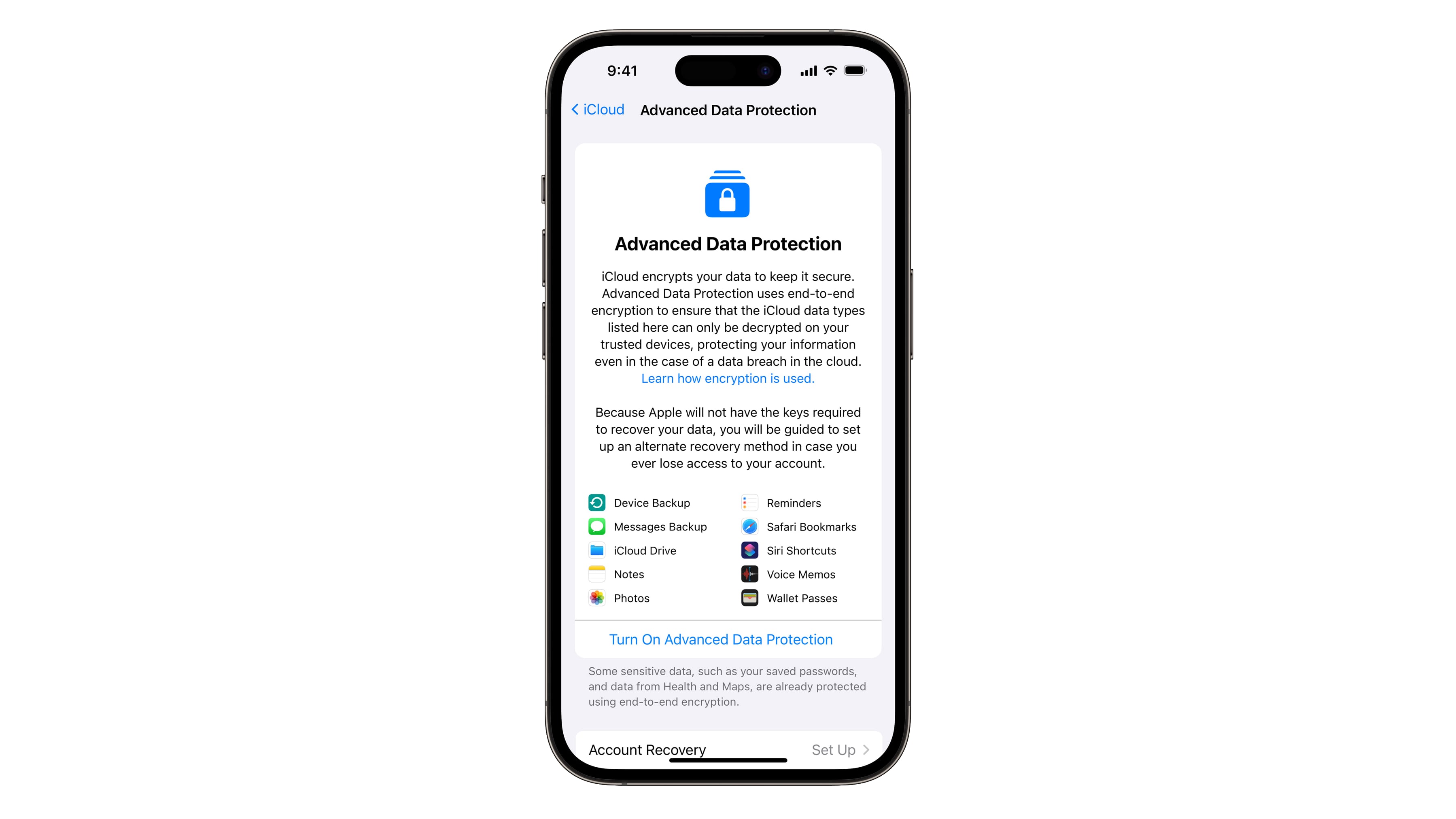Apple has pulled its Advanced Data Protection feature from the UK market over the latest government demands for backdoor access to people’s iCloud data.

The United Kingdom government has been trying to force Apple into giving it a backdoor to snoop on iPhone users there for years now. Recently, the UK Home Office leveraged the Investigatory Powers Act (IPA) to order Apple to give British security officials unfettered access to all encrypted iCloud data globally, which would put everyone’s encrypted backups at risk no matter where they live.
While the Cupertino company can (and will) appeal the decision, doing so won’t delay the order’s implementation. Apple is prohibited from even acknowledging the order, let alone discuss it, so it’s decided to pull Advanced Data Protection from the country. As a result, Apple can now decipher British users’ device backups and other encrypted iCloud data when presented with a valid warrant.
Apple pulls Advanced Data Protection from the UK market
Advanced Data Protection is unavailable as an option for new users in the United Kingdom, but existing iPhone and iPad owners can still use it. Apple has confirmed through the mouth of its spokesperson Julien Trosdorf in a statement to The Verge that Advanced Data Protection is no longer available in the country.
“We are gravely disappointed that the protections provided by Advanced Data Protection will not be available to our customers in the UK given the continuing rise of data breaches and other threats to customer privacy,” said Trosdorf.
“Apple remains committed to offering our users the highest level of security for their personal data and is hopeful that we will be able to do so in the future in the United Kingdom,” reads the statement. “As we have said many times before, we have never built a backdoor or master key to any of our products or services and we never will.”
Apple won’t be able to disable Advanced Data Protection automatically on existing iCloud accounts, because of the way the end-to-end encryption feature works. Trosdorf tells The Verge that UK users will be given an amount of time to disable ADP to keep using their iCloud account, though the company has not said when the deadline will be.
To turn Advanced Data Protection off, open the Settings app and hit your Apple account at the top, then select the iCloud option, scroll down, choose “Advanced Data Protection,” and then “Turn off Advanced Data Protection.”
How does Advanced Data Protection for iCloud work?
Apple uses end-to-end encryption by default to protect most of the data iPhone and iPad owners store in iCloud from snooping. End-to-end encryption makes data unreadable on your device, in transit (while being uploaded to iCloud) and at rest (while stored on Apple’s servers) without the encryption key.
By default, standard data protection is used to encrypt certain iCloud data like passwords, iMessage archives and health and payment information. With standard data protection, encryption keys are securely stored in Apple’s data centers.
This enables the company to help you with data recovery and respond to valid data requests from law enforcement. However, standard data protection does not use end-to-end encryption to protect crucial data stored in iCloud, including your Photos database, notes and reminders, device backups, content in your iCloud Drive, Safari bookmarks, voice memos and more.
Contrast this with the Advanced Data Protection feature, which is Apple’s highest cloud data security level available on iOS 16.2, iPadOS 16.2 and macOS 13.1 and later. It can protect “the vast majority of your iCloud data,” according to Apple’s support page. Concretely, device backups stored in iCloud and synced content from Photos, Messages, Notes and other apps are encrypted end-to-end.
End-to-end encryption and police requests
No one, not even Apple, can decrypt this data because the Advanced Data Protection feature moves the encryption keys from Apple’s servers to your device. Encrypte data can only be decrypted on trusted devices where you’ve signed in to your Apple Account. Because of that, Apple is technically able to fulfill valid requests to, say, give the police access to a suspect’s iPhone backup from iCloud.
“No one else can access your end-to-end encrypted data–not even Apple–and this data remains secure even in the case of a data breach in the cloud,” explains Apple. “If you lose access to your account, only you can recover this data using your device passcode or password, recovery contact or recovery key.”
Advanced Data Protection requires iOS 16.2, iPadOS 16.2, and macOS 13.1 or later. To turn it on, hit your Apple account at the top of the Settings app, choose “iCloud,” scroll down and select “Advanced Data Protection” to turn the feature on.